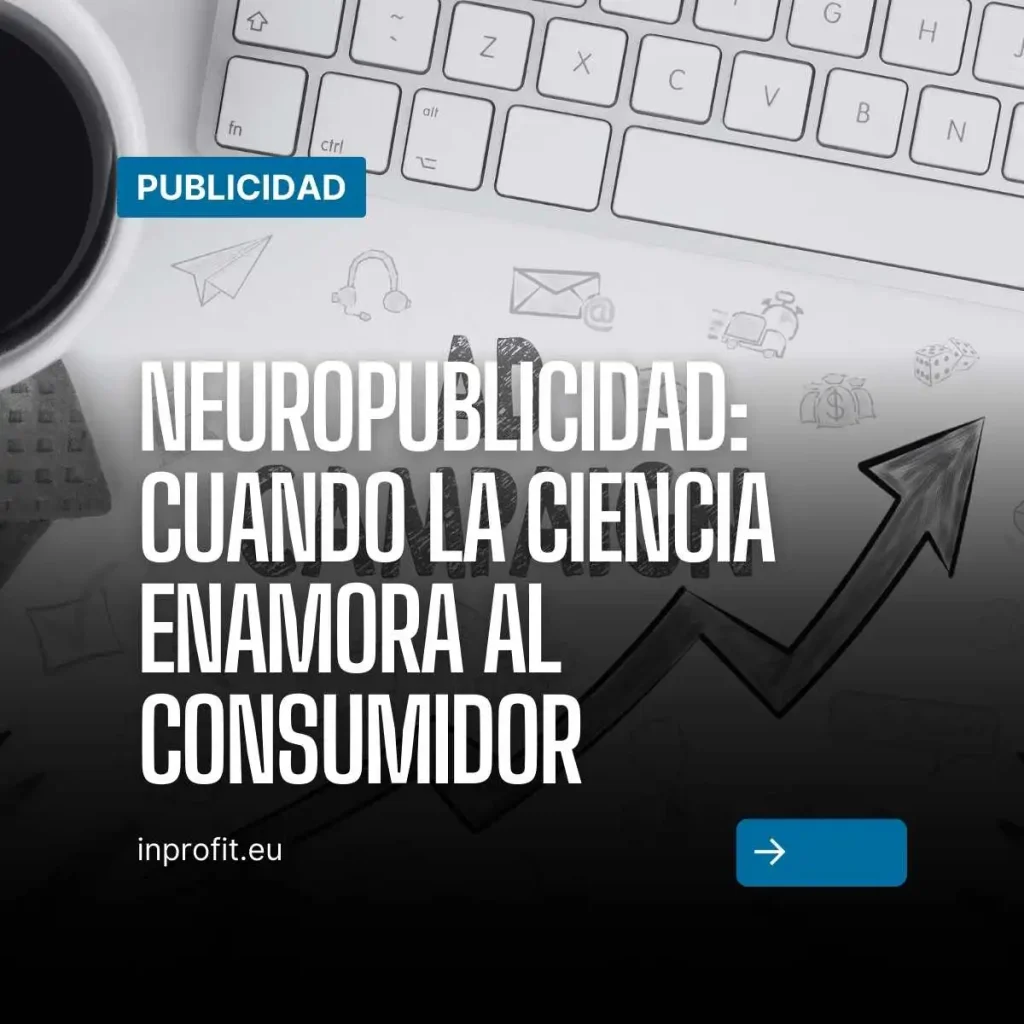Humans make about 35,000 decisions a day. From which shoe to wear first to which brand of coffee to buy. But here’s the kicker: 95% of those decisions occur on autopilot, driven by brain processes that we don’t even consciously notice.
This inconvenient truth for traditional marketing is exactly where neuroadvertising opens a fascinating door. Imagine being able to directly observe how your target audience’s brain reacts when they see your ad, which areas light up with excitement and which elements go completely unnoticed.
The neuromarketer’s laboratory
In rooms with dim lighting and equipment that look like something out of a science fiction movie, the neuro-advertisers deploy a technological arsenal:
- Eye tracking glasses that follow the movement of the pupils with millimetric precision.
- Caps with electrodes that measure brain waves like an electrocardiogram for the mind
- Sensors that detect minute changes in hand perspiration
While a subject watches an advertisement, these machines translate the unspeakable: that exact moment when the image of the product activates the nucleus accumbens (the brain’s pleasure center) or when the slogan passes without leaving a trace in the memory.
The battle for attention
In a world where the average citizen is exposed to between 6,000 and 10,000 advertising messages daily, brands wage a silent war for a few seconds of conscious attention. Neuroadvertising reveals that we have less than 3 seconds to capture that attention before the brain filters out our message as background noise.
Research shows curious patterns: human faces in advertisements immediately activate the fusiform cortex, which is responsible for facial recognition. Warm colors increase heart rate. Certain female voice tones generate greater confidence in sectors such as banking or insurance.
The principles of neuro-advertising
The power of the unconscious
- 95% of purchasing decisions are emotional and unconscious (Harvard Business Review).
- Strategy: Use colors, sounds and symbols that trigger automatic responses (e.g., red = urgency).
The 3-second rule
- The brain decides whether to pay attention in less than 3 seconds.
- Strategy: Prioritize strong visual stimuli (human faces, movement).
Primacy and recency effect
- We remember the beginning and the end of a message better.
- Strategy: Place the CTA (call to action) at the end and the hook at the beginning.
Mirror neurons and Storytelling
- Mirror neurons make us empathize with stories.
- Strategy: Use narratives with characters that the audience can identify with.
The art of invisible persuasion
One of the most compelling findings is that the most effective advertising is not processed in the rational areas of the brain, but in the emotional ones. When we show an advertisement for a luxury car, it is not activating the logical thinking areas, but the same regions that light up when we imagine personal achievement or social status.
Effective storytelling follows a precise neurological pattern: introduction (attention activation), conflict (emotional activation) and resolution (dopamine release). The best advertising narratives replicate this ancient brain circuit.
How to apply Neuroadvertising in campaigns?
Visual Messaging > Text
- The brain processes images 60,000 times faster than text.
- Practical example: Use infographics or videos instead of long descriptions.
2. Sounds and Emotional Music
- A well-chosen melody can increase retention by 80%.
- Practical example: Jingles with frequencies that induce positivism (e.g. high-pitched tones).
3. Personalization Based on Cognitive Biases
- Confirmation bias: People prefer information that validates their beliefs.
- Practical example: Segmenting ads according to consumer values (e.g. sustainability for eco-conscious).
4. Design for the “Attention Economy”.
- F Pattern: Users scan screens in the shape of an “F”.
- Practical example: Placing key elements in areas where the eye stops more.
The ethical frontier
With great power comes great responsibility. The ability to “read” brain responses raises considerable ethical dilemmas. Where do we draw the line between legitimate persuasion and manipulation? Some governments are already debating regulations for what they call “subliminal advertising 2.0.”
The future is already here
Pioneering companies are experimenting with brain-computer interfaces that could allow ads to be adjusted in real time according to the viewer’s brainwaves. Others are exploring how olfactory stimuli can create longer-lasting brand memories (smell has a direct connection to the limbic system).
As I write these lines, some lab is probably discovering a new neural pattern that will revolutionize how we conceive of advertising. The question is not whether neuroadvertising will change marketing, but how quickly we will be able to adapt to this new paradigm where brain science and the art of persuasion irrevocably merge.
In the end, the great discovery of neuroadvertising could be summarized as follows: to connect with the minds of our consumers, we must first understand that the mind makes decisions that the conscious doesn’t even recognize. And that, perhaps, is the most valuable insight of all.



